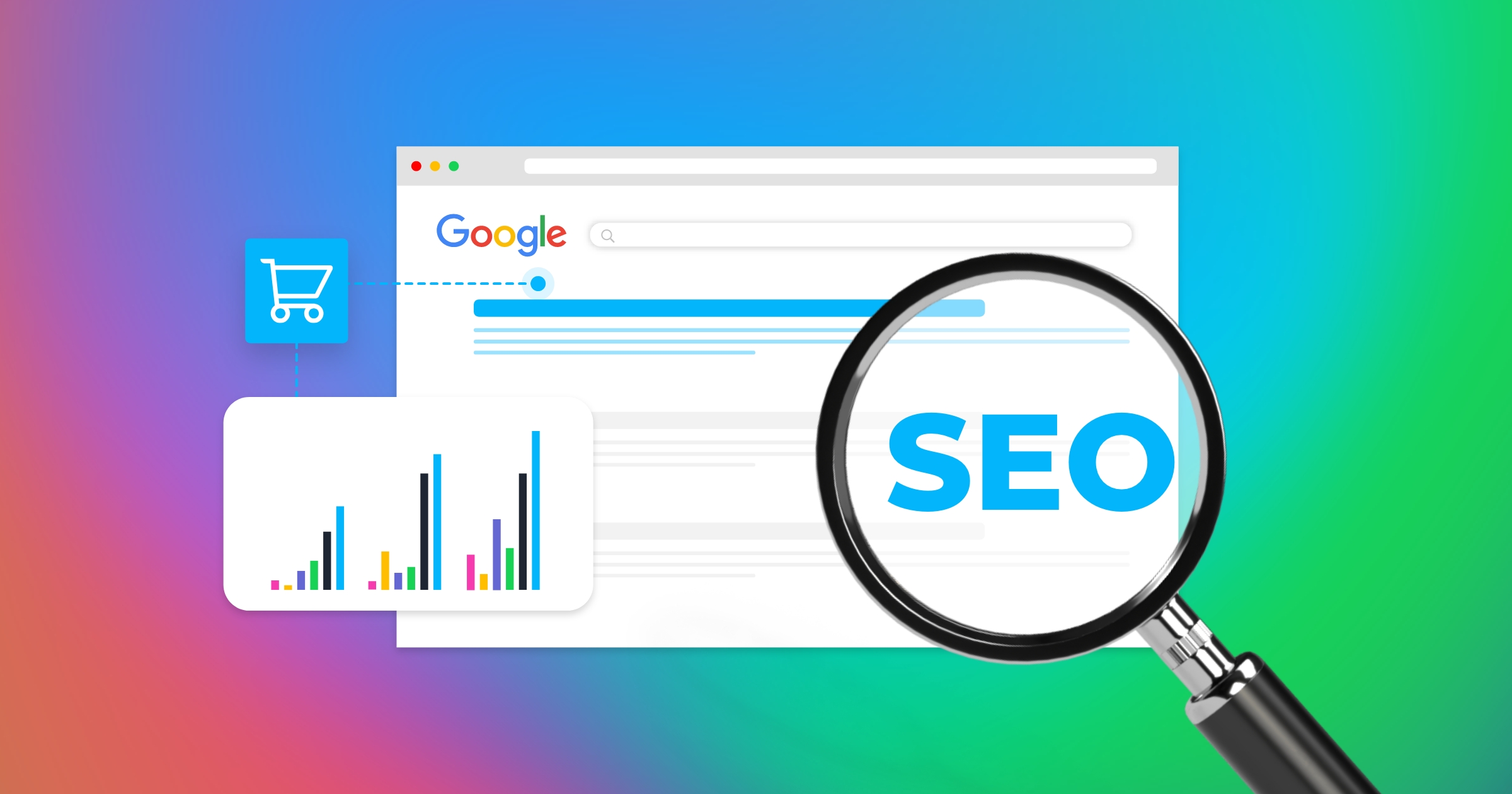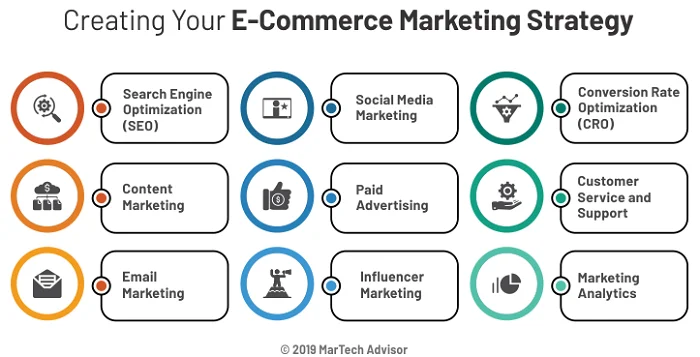How to Optimize Your Product Pages for Higher Conversion

Learn the key elements of high-converting product pages and actionable tips to implement them on your store.
The e-commerce landscape is constantly evolving, with new technologies, consumer preferences, and market dynamics shaping the way businesses operate online. As we move further into 2023, several key trends are emerging that will define the future of online retail. In this article, we'll explore the top 10 e-commerce trends that businesses should be aware of to stay competitive and meet the changing needs of their customers.
1. Personalization at Scale
Personalization has been a buzzword in e-commerce for years, but in 2023, we're seeing it implemented at a much larger scale and with greater sophistication. Advanced AI algorithms are now capable of analyzing vast amounts of customer data to deliver highly personalized shopping experiences, from product recommendations to customized email marketing campaigns.
Businesses that leverage these technologies effectively can create more engaging and relevant experiences for their customers, leading to higher conversion rates and increased customer loyalty.
2. Sustainable and Ethical E-commerce
Consumers are increasingly conscious of the environmental and social impact of their purchasing decisions. In response, e-commerce businesses are adopting more sustainable practices, from eco-friendly packaging to ethical sourcing of products.
Transparency about sustainability efforts is becoming a key differentiator for brands, with many consumers willing to pay a premium for products that align with their values.
3. Social Commerce Integration
The line between social media and e-commerce continues to blur, with platforms like Instagram, TikTok, and Pinterest enhancing their shopping features. Social commerce allows businesses to create seamless shopping experiences directly within social media platforms, reducing friction in the customer journey.
Brands that effectively leverage user-generated content and influencer partnerships can drive significant sales through these channels.
4. Voice Commerce
As voice assistants like Amazon's Alexa, Google Assistant, and Apple's Siri become more sophisticated, voice commerce is gaining traction. Consumers are increasingly comfortable using voice commands to search for products and make purchases.
E-commerce businesses should optimize their product listings for voice search and consider developing voice-specific shopping experiences to stay ahead of this trend.
5. Augmented Reality Shopping Experiences
Augmented reality (AR) is transforming the online shopping experience by allowing customers to visualize products in their own space before making a purchase. This is particularly valuable for categories like furniture, home decor, and fashion.
AR can help reduce return rates and increase customer confidence in their purchasing decisions, making it a valuable investment for e-commerce businesses.
Related Posts

The Ultimate Guide to E-commerce SEO in 2023
Everything you need to know about optimizing your online store for search engines to drive organic traffic.

How to Build an Effective Email Marketing Strategy for Your E-commerce Store
Learn how to create email campaigns that drive sales, build customer loyalty, and increase lifetime value.